If you live in a coastal or dry desert climate and have difficulty growing vegetables, it’s probably because you have sandy soil. Although this is not the most favorable soil type for growing vegetables, that doesn’t mean that it can’t be done. We’ve done the research to tell you how to grow veggies effectively, even if you do have sandy soil.
Vegetables grow best in soil that is full of nutrients and organic matter. The best way to improve sandy soil for growing vegetables is to add organic matter, particularly compost. Organic matter will help the soil retain more water and nutrients to help your vegetables thrive.
But you can’t just add organic matter to the soil once and expect it to be the be-all, end-all cure. You have to add it several times over the course of the growing season, and it can take several years to actually improve the quality of the soil. This article will discuss how to effectively grow vegetables in sandy soil and which vegetables are best.
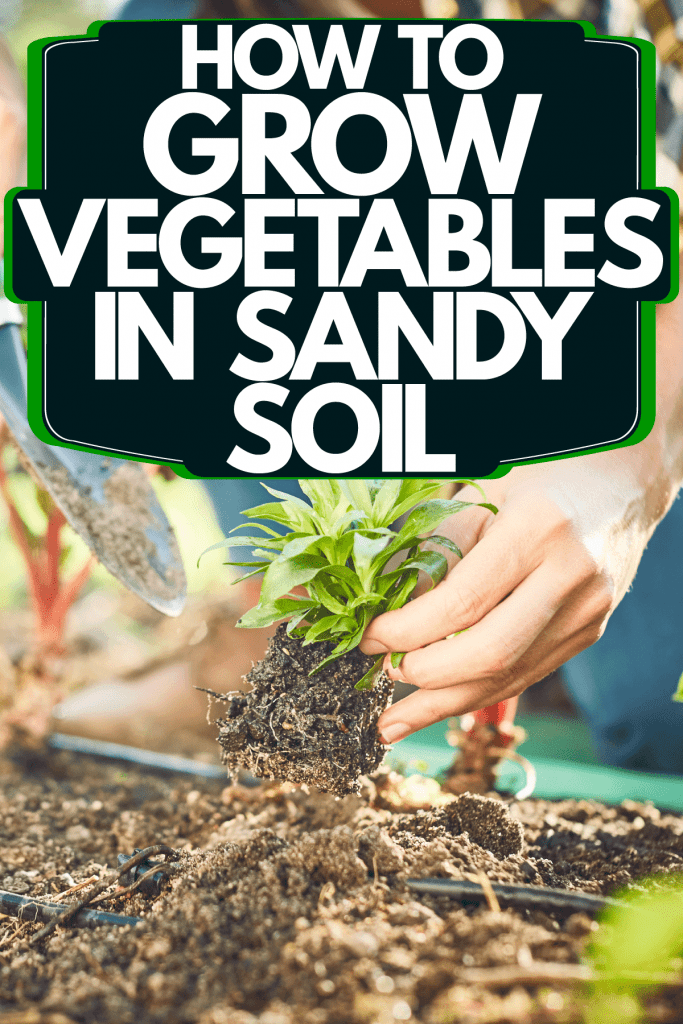
Is Sand Good For Growing Vegetables?
Sand is not the best for growing some types of vegetables, and there are several reasons why this is the case. It is easier to work with to plant vegetables, but sandy soil tends to be low in nutrients that vegetables need to thrive. This is because sand can erode more quickly due to wind and water, which causes the nutrients to get washed away.
The second reason is that sandy soil drains too quickly due to having more space in-between individual soil particles. Water often drains so far underneath the ground that it extends past the roots of vegetables. The vegetables can’t absorb the water quickly enough to use it.
Most sandy soils tend to dry out faster in the summer than other soil types. This is partially due to the fast drainage. But it also has to do with the fact that a lot of sandy soil is found in warmer climates. The soil, especially on the surface, tends to get too hot for the vegetables to survive without constant watering.
Can You Grow Food In Sandy Soil?
For many people, the main reason for planting vegetables is to use them as a source of food. With that being said, there are some types of vegetables that can be grown in sandy soil without too much modification. You just may not be able to grow a wide variety of vegetables to use for food without adding more nutrients to the soil beforehand.
However, vegetables aren’t the only types of plants that can be grown for food. There are a few varieties of herbs that can be used for cooking that actually grow very well in sandy soil. In addition to herbs, some types of fruit can be grown in sandy soil as well.
What Vegetables Can I Plant In Sandy Soil?
The best types of vegetables to plant in sandy soil are vegetables that can grow with little to no modifications to the soil. If you don’t have the time or the ability to modify the soil, or you’re waiting for the modifications to kick in, there are plenty of vegetables that you can plant in the meantime.
Root Vegetables
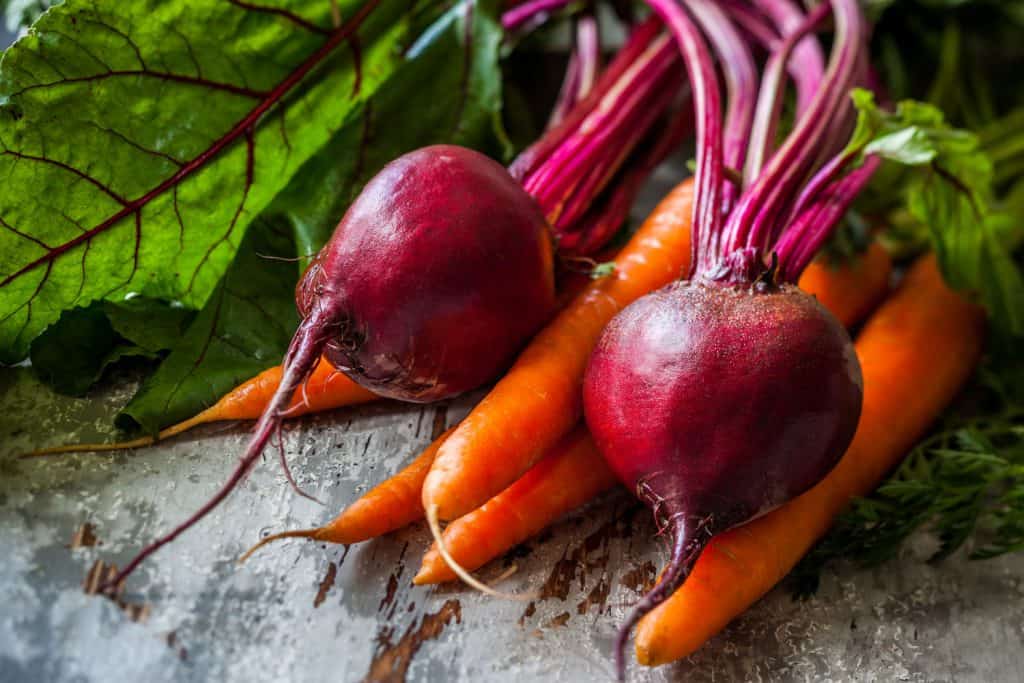
The best type of vegetables to plant in sandy soil is root vegetables. This includes:
- Beets
- Fennel
- Garlic
- Ginger
- Horseradish
- Onions
- Parsnips
- Potatoes
- Radish
- Rutabaga
- Turmeric
- Turnips
- Yams
These vegetables can grow well in sandy soil even without modification because the vegetable itself grows underground through a long taproot. Therefore, the vegetables can absorb more water that drains deeper underground. They also don’t get as hot because the lower soil layers aren’t as exposed to sunlight as the upper layers.
It will still be necessary to provide frequent water to these plants, especially during the hot summer months. Installing an irrigation or sprinkler system can help provide the necessary water to these vegetables if you don’t have time to water them daily yourself.
Leafy Greens
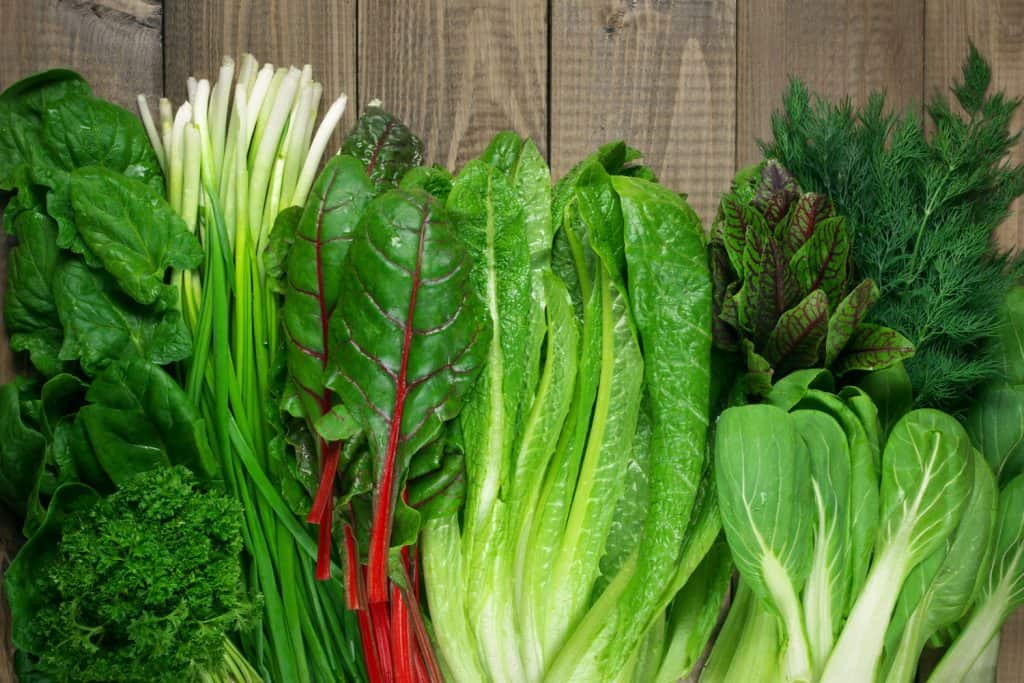
If you can get started growing them early before the soil warms up too much, you can also have success with leafy green vegetables as long as you add some nutrients to the soil (more on this later) and provide them with daily water.
Examples of leafy green vegetables include:
- Arugula
- Cabbage
- Collards
- Kale
- Lettuce
- Spinach
If you wait until late spring or early summer to plant these, you probably won’t have much luck without additional soil modifications as the ground will be too hot. But when grown before it warms up too much, these are great vegetables to use for salads.
Herbs
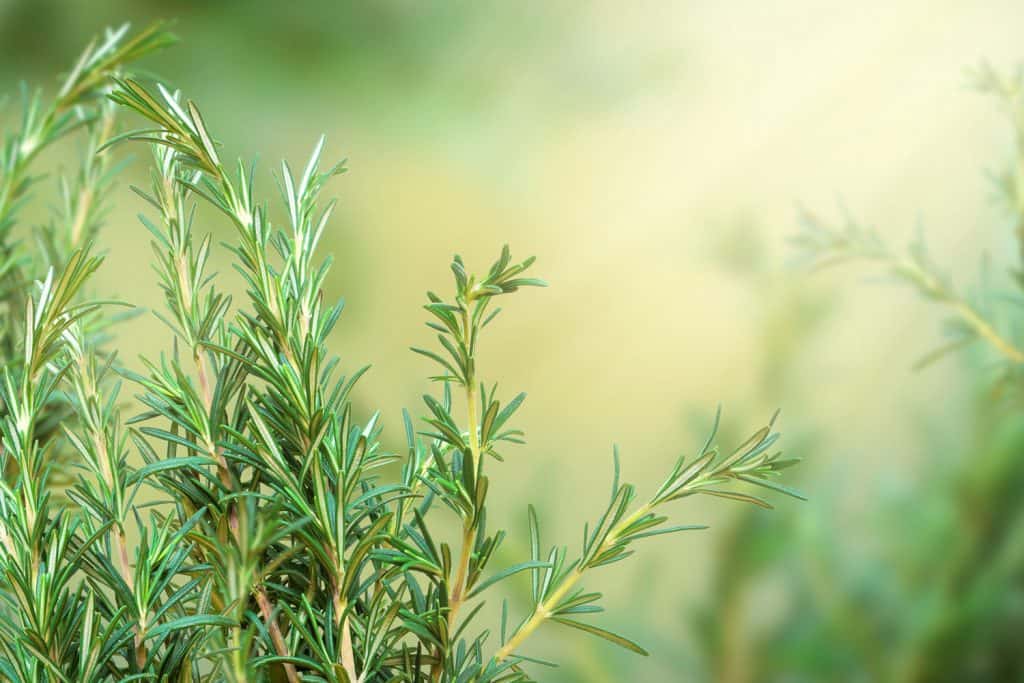
Another area in which you’re likely to have luck is with Mediterranean herbs. This includes:
- Basil
- Oregano
- Rosemary
- Sage
- Thyme
The reason why this is the case is that the Mediterranean climate tends to be warmer and the soil is usually sandy. You shouldn’t have to make any changes to the soil if you plant these herbs. Just be sure to provide plenty of water.
Can You Grow Carrots In Sandy Soil?
Carrots are considered a root vegetable; therefore, they grow very well in sandy soil. The actual carrot is the taproot of the plant. It extends pretty far underground to a soil depth in which it will stay cool and be able to absorb enough water.
What Fruit Grows Best In Sandy Soil?
Most fruit trees grow best in well-draining soil. But it’s important to note that well-draining and fast-draining soil are not the same things, so that doesn’t mean that all types of fruit can be grown in sandy soil.
Citrus fruits are the best for growing in sandy soil, but they have to have plenty of nutrients. You can’t plant them without adding nutrients to the soil first or making additional modifications, such as adding peat to help retain moisture and nutrients.
Examples of citrus fruits include:
- Grapefruit
- Lemons
- Limes
- Oranges
- Tangerines
How To Grow Vegetables In Sandy Soil
Growing vegetables other than the ones listed above will require the addition of nutrients to the soil and a lot of work and patience. It can take a couple of years for the soil to become fully acclimated to growing vegetables that grow above ground. As a result, you may have to add nutrients and fertilizer several times throughout the growing season.
Modifying sandy soil should be done when growing the following vegetables:
- Asparagus
- Beans
- Brussels Sprouts
- Broccoli
- Cauliflower
- Cucumbers
- Peas
- Peppers
- Squash
- Tomatoes
- Zucchini
Follow these steps in order to grow these vegetables effectively.
- Mark off the areas of your yard where you intend to plant certain vegetables. Don’t make the areas too large so that you can access and tend to them more easily.
- Obtain some organic matter. This could include compost (either homemade or store-bought) or manure mixed with decaying leaves, pine needles, etc.
- Cover the beds with three inches of organic matter, then till or dig the matter to a depth of around 10 inches into the soil.
- Mix the organic matter evenly into the soil and rake the top of the soil to smooth it out.
- Water the beds thoroughly until the top 12 inches are wet. Use a sprinkler or irrigation system to save time and take some of the load off of you.
- If growing vegetables from seed, plant the seeds twice as deep as what is recommended. If growing from pre-existing plants, plant them a couple of inches deeper than you normally would.
- Add a three-inch layer of organic mulch on top of pre-existing plants or seedlings once they have reached a height of six inches. The mulch will break down and provide additional nutrients throughout the growing season.
- Water when the top two inches of soil are dry, which may need to be done more frequently during the summer.
See more: "How Much Compost Do You Add To Sandy Soil?"
Can You Plant A Garden In Sandy Soil?
You can plant a garden in sandy soil, but keep in mind that you will need to modify the soil when planting certain vegetables. This can be tedious work if done over a large area, so it is best to break the garden into smaller sections and keep the planting beds small. Vegetables that require similar care should be planted in the same bed.
Another suggestion is to utilize raised garden beds. That way, you can use raised garden bed soil instead of modifying your existing sandy soil. But, you will still need to water the plants frequently to combat the hot temperatures.
See more: "How To Build A Planter Box For Vegetables."
In Closing
Growing tons of vegetables in sandy soil is not impossible. You’ll just have to put forth a lot of effort and care into modifying the soil with organic nutrients and providing plenty of water to support plant growth. Thanks for reading!


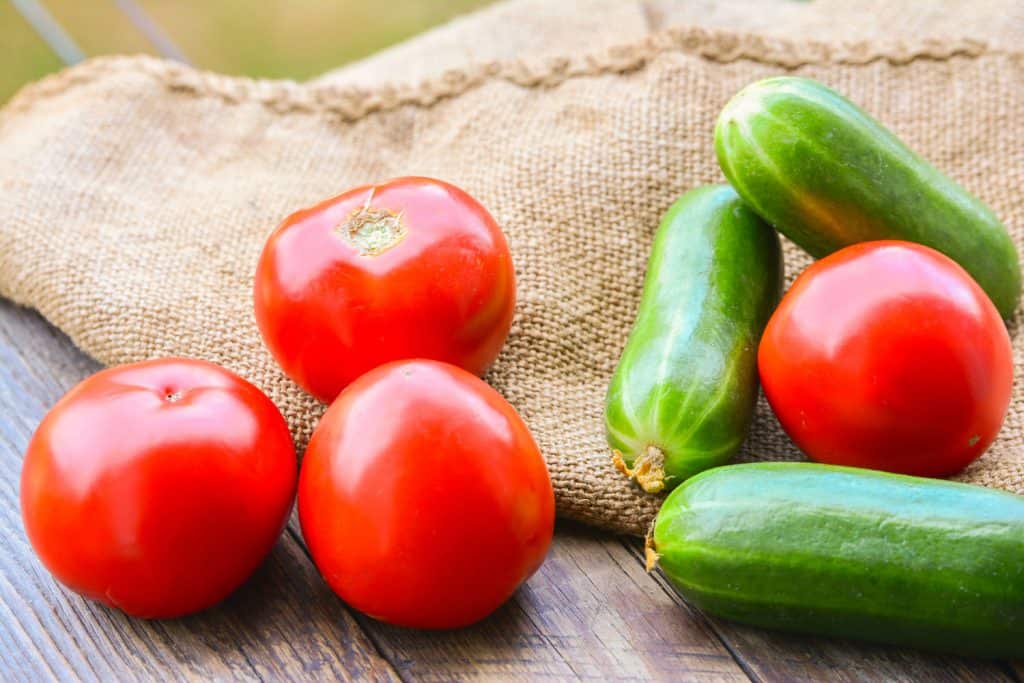
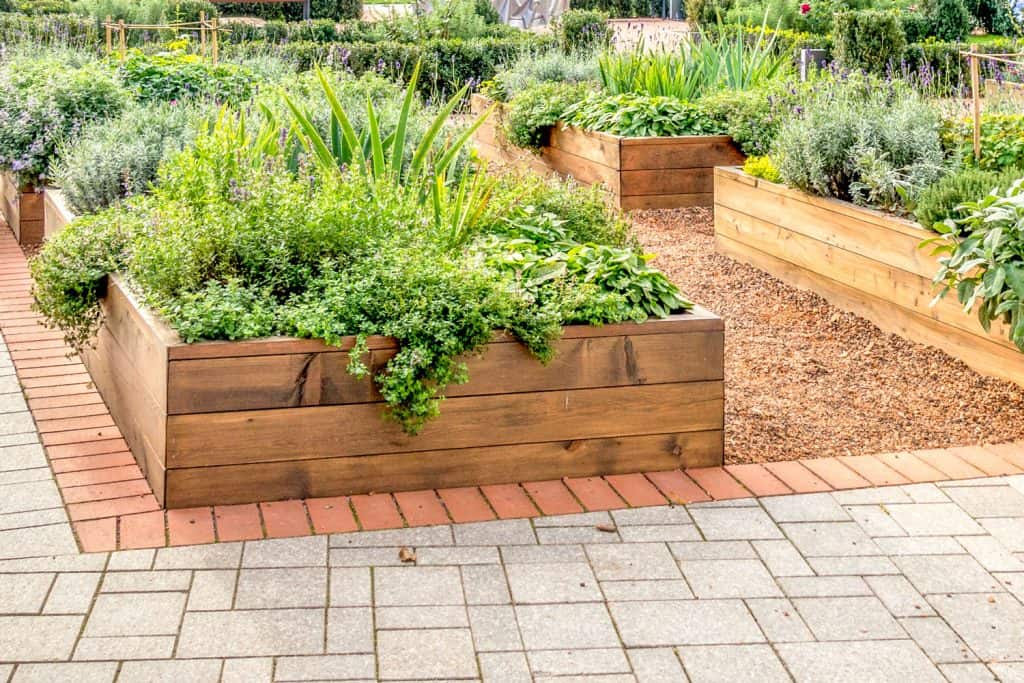
Very helpful and I need to try out the guidelines.